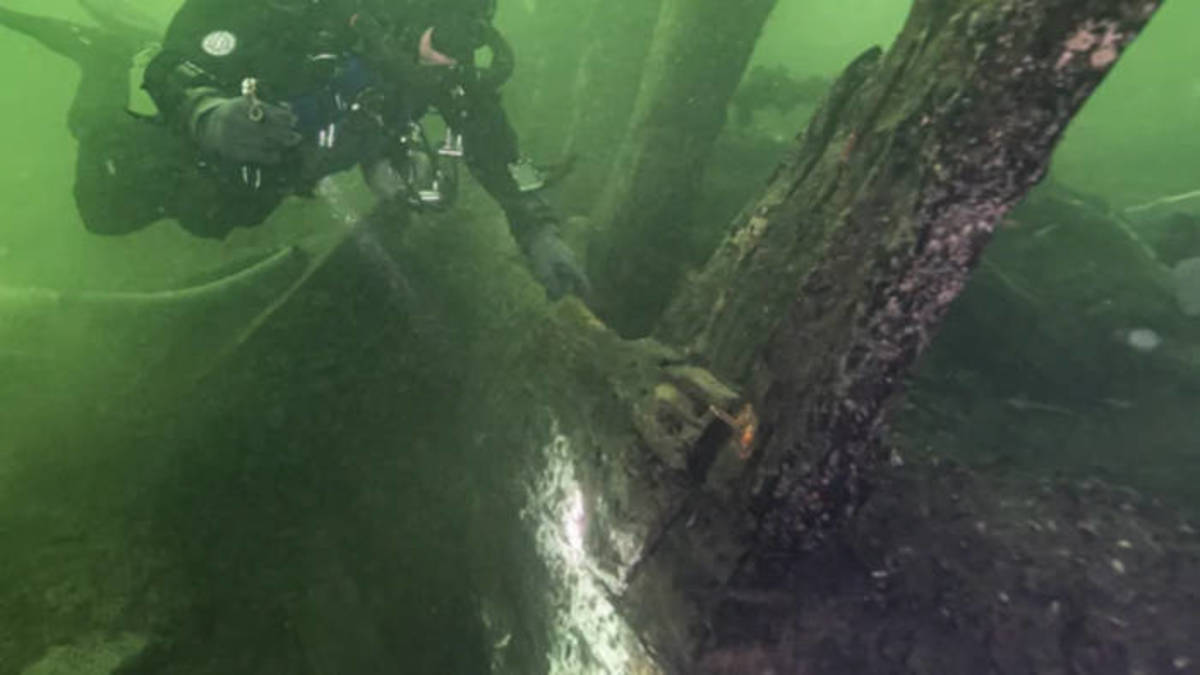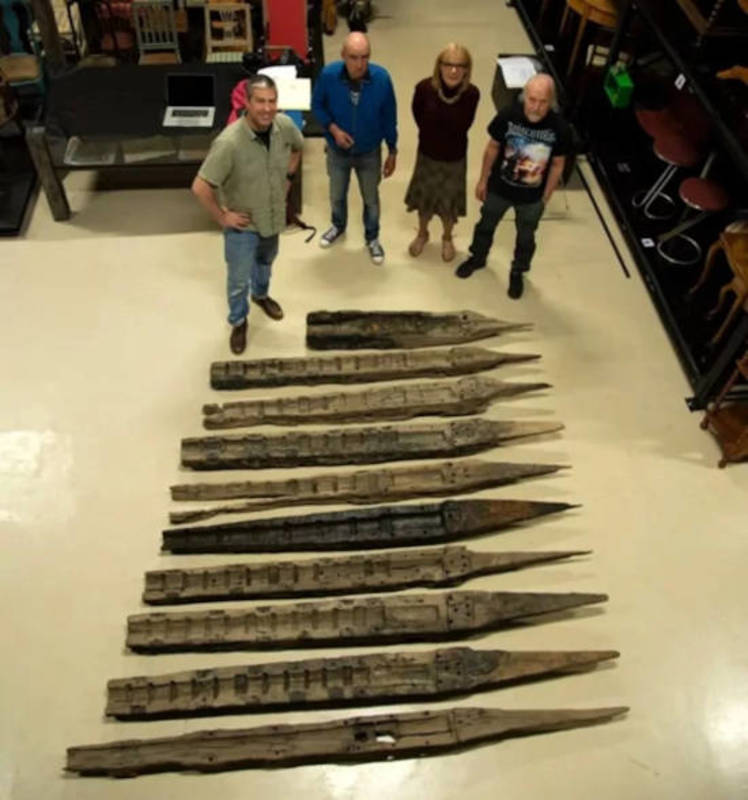The recovery by marine archaeologists of medieval artillery from the wreck of former royal Danish-Norwegian flagship Gribshunden, which sank in 1495, offers an extremely rare look at the evolution of ship-mounted firearms, which would become de rigeur in maritime warfare in the coming centuries, according to a report from Lund University.
Weapons Show Combination of Old and New Style
The Gribshunden’s discovery is especially notable as it represents a fusion between medieval and early modern warfare vessels, as it transported heavy artillery used during the Age of Exploration by Spanish and Portuguese explorers. Marine archaeologist Brendan Foley, the lead study author, his fellow Lund University archaeologist Martin Hansson, and medieval artillery expert Kay Douglas Smith believe their discovery will recontextualize European maritime warfare.
The ship was erected near Rotterdam between 1483 and 1484. It was equipped with over 50 small-caliber, wrought-iron swivel rifles (serpentines) which were designed for use at close range. They fired lead projectiles, which were affixed with iron cores—extremely advanced battle technology for the 15th century. Utilizing 3D modeling, the team of researchers reconstructed the firearms.
“Diving on this late medieval royal shipwreck is, of course, exciting. However, the greatest satisfaction is when we can actually put the pieces of the puzzle together later on,” explained Foley. He went on to explain that the mission’s success was due in large part to the team’s method of combining maritime archaeology and artillery expertise.
Blekinge Museum/via Lund University
Blekinge Museum/via Lund University
Blekinge Museum/via Lund University
Blekinge Museum/via Lund University
Twenty-Two Artillery Shells Confirmed Ship’s Fate
The Gribshunden made its final voyage in June 1495 to ferry King Hans to a political conference in Kalmar, where the king was expected to bring the Nordic region into the Kalmar Union. However, an explosion and subsequent fire tore through the vessel while it was anchored at the port of Ronneby. (The king was ashore at the time.) Archaeologists found 22 lead artillery shells at the site of the wreck, all of which showed a degree of flattening consistent with the explosion which decimated and sank the vessel.
Researchers declare that the Gribshunden’s remains are the most complete example yet found of a medieval carvel warship. They say it will provide useful information that can be compared to gun-equipped Iberian vessels, which were wrecked and subsequently recovered from the Americas and Indian Ocean, and will help them to better understand how ship and artillery manufacturing evolved throughout medieval times.
